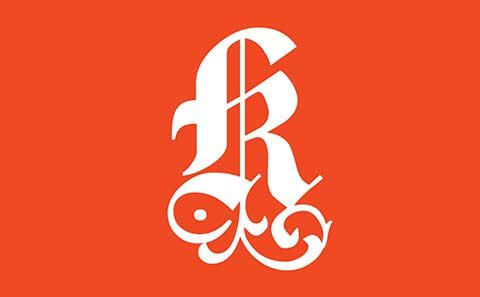Since it was founded in 1947, the Saskatchewan Research Council (SRC) has been helping companies grow and then later find ways to reduce their energy, water and waste. The SRC has also developed tools that allow companies to analyse their overall carbon footprint.
Then, earlier this decade, the provincial Crown corporation realized it had overlooked one key stakeholder in its mission to improve environmental performance – itself.
“It was a laugh/cry moment a few years ago when we realized we should be applying some of these tools to ourselves,” says Laurier Schramm, president and CEO of the SRC, one of Canada’s leading applied research, development, demonstration and technology commercialization organizations. “We decided that we couldn’t be all that we could be if we weren’t conducting our own business in a responsible manner and if our communities and partners didn’t perceive us to be doing that.”
Today, the company is diligent about improving, tracking and reporting its own environmental performance. It works continuously on reducing its energy use across its operations and has been stepping up recycling of everything from cardboard and computers to the hazardous waste used in some of its research projects.
“Our desire has not just been to comply with environmental rules and regulations … but to do better,” says Schramm, whose organization earned the top spot on this year’s Corporate Knights Future 40 Corporate Leaders list. It’s the fifth time the SRC has made the list and the first time it has landed in first place, due in part to a change in methodology (see here for more).
Being a better corporate citizen isn’t just the right thing to do, but also helps to attract workers who care about the environment and want to know their employer is doing its part, he says.
SRC received high marks on the Future 40 list for its low employee-turnover rate, which Schramm says has been in the 8-10 per cent range for about a decade and “a massive blessing.”
Schramm doesn’t think the SRC provides any special perks when compared to other companies but follows best practices from other organizations on how to attract, retain and develop talent, including building a culture of trust and inclusiveness on the job. Employees also believe in the work, which helps keep them there.
“Believing or buying into the company’s mission is one reason people tell us they are still here,” says Schramm. “They like what we are doing and the feeling of seeing the work produce positive impacts, whether it’s economic, social or environmental. It helps us all, I think, myself included, feel like we are doing something worthwhile with our work. Most of us have worked at other companies before coming here and know it’s not always like that.”
SRC currently employs about 360 workers at its offices across Saskatchewan, including its head office in Saskatoon and locations in Regina, Prince Albert and seasonal location in Uranium City in northern Saskatchewan.
Most of its work happens in the province and, while it receives some government funding, most of its revenue comes from contracts with about 1,500 clients across Canada and in 20 countries around the world.
About half of its workforce is women, which has been the norm for decades. The company has also been working to diversify its board and executive team. One of its six board members is female (as of late February). Schramm says the number is low right now due to some recent retirements and the organization usually has about nine to 11 board members. “It’s normal for about one-third of the board to be made up of women and we’re still on that journey of trying to extend that further,” he says.
Of the eight-member senior executive team, there are two women and one aboriginal member. “It’s still a work in progress,” Schramm says of the makeup of the board and executive team. “I wouldn’t say we are satisfied with where we are yet but are happy we are continuing to make progress.”
SRC received a perfect score in the Future 40 ranking for its zero lost-time injury rate –which it has had for past three years. That’s considered an achievement given some of the hazardous materials it handles in its science and engineering labs. The SRC also operates the Slowpoke-2 nuclear research reactor.
“I have a little bit of a reputation for being obsessed with [safety],” Schramm says. While the company has always been focused on health and safety, he has made it a top priority, including changing the culture to ensure employees know they never have to be involved in an unsafe work environment, even if it means giving up projects.
It also helps to maintain a culture of trust. “People are used to it, taking care of each other,” Schramm says. “For some, that’s also an important reason to stay.”
Click here to go back to the ranking landing page.





